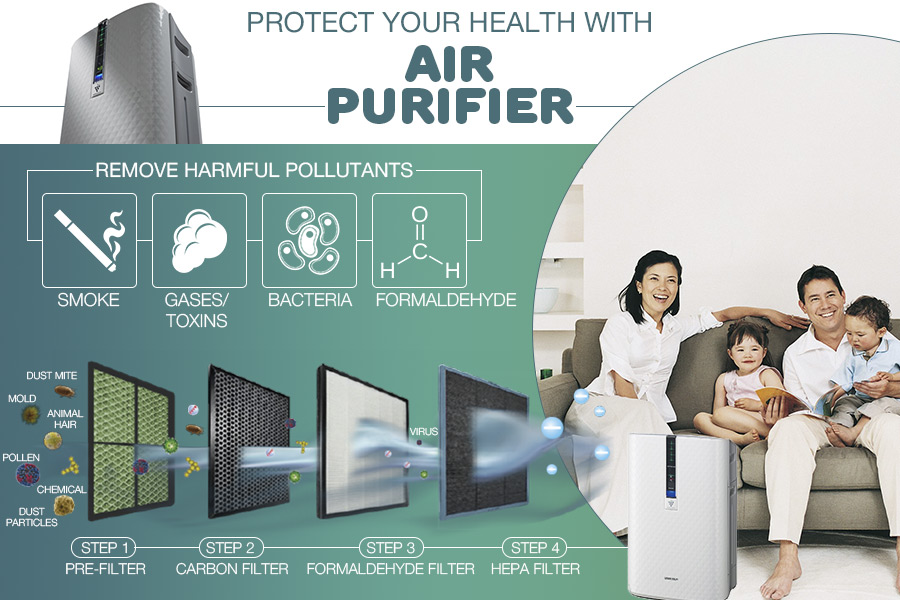The Ultimate Guide To Understanding Warm Pumps - Exactly How Do They Function?
The Ultimate Guide To Understanding Warm Pumps - Exactly How Do They Function?
Blog Article
Material By-Neergaard Montoya
The best heat pumps can conserve you considerable amounts of cash on power costs. They can also help reduce greenhouse gas discharges, specifically if you make use of electrical energy in place of nonrenewable fuel sources like propane and heating oil or electric-resistance heating systems.
Heatpump function significantly the same as air conditioners do. https://www.wbtv.com/2021/04/09/he-was-my-best-friend-father-hvac-technician-killed-york-co-shooting-says-he-was-good-man/ makes them a sensible choice to standard electrical home heater.
Exactly how They Function
Heatpump cool down homes in the summer and, with a little help from electrical power or gas, they give some of your home's heating in the winter season. They're a good alternative for individuals that want to reduce their use of nonrenewable fuel sources however aren't ready to change their existing heater and cooling system.
They depend on the physical reality that also in air that appears also cool, there's still power present: warm air is always moving, and it intends to relocate into cooler, lower-pressure atmospheres like your home.
Many power celebrity licensed heatpump operate at near to their heating or cooling capability throughout most of the year, reducing on/off biking and saving power. For the very best efficiency, concentrate on systems with a high SEER and HSPF ranking.
The Compressor
The heart of the heatpump is the compressor, which is likewise known as an air compressor. This mechanical moving tool uses potential power from power creation to raise the pressure of a gas by minimizing its volume. It is different from a pump in that it only deals with gases and can not collaborate with liquids, as pumps do.
Atmospheric air gets in the compressor through an inlet shutoff. It travels around vane-mounted arms with self-adjusting size that split the inside of the compressor, creating multiple dental caries of varying dimension. The blades's spin forces these dental caries to move in and out of phase with each other, pressing the air.
The compressor draws in the low-temperature, high-pressure cooling agent vapor from the evaporator and presses it into the warm, pressurized state of a gas. This procedure is repeated as required to provide heating or air conditioning as called for. The compressor likewise has a desuperheater coil that recycles the waste warmth and adds superheat to the refrigerant, transforming it from its fluid to vapor state.
The Evaporator
The evaporator in heat pumps does the very same thing as it performs in fridges and air conditioners, altering liquid refrigerant right into a gaseous vapor that removes warm from the space. Heatpump systems would not work without this essential tool.
This part of the system lies inside your home or building in an interior air handler, which can be either a ducted or ductless device. It includes an evaporator coil and the compressor that presses the low-pressure vapor from the evaporator to high pressure gas.
Heat pumps take in ambient warm from the air, and then utilize electricity to move that heat to a home or company in heating mode. That makes them a lot much more power reliable than electric heating systems or furnaces, and since they're utilizing tidy electricity from the grid (and not burning fuel), they also create much fewer emissions. That's why heatpump are such fantastic ecological options. (Not to mention a big reason they're coming to be so preferred.).
The Thermostat.
Heatpump are great choices for homes in cool environments, and you can utilize them in combination with conventional duct-based systems and even go ductless. They're a wonderful alternate to fossil fuel heating unit or traditional electrical heaters, and they're extra sustainable than oil, gas or nuclear HVAC equipment.
Your thermostat is the most vital element of your heat pump system, and it works extremely in different ways than a conventional thermostat. All mechanical thermostats (all non-electronic ones) work by using substances that change dimension with increasing temperature, like coiled bimetallic strips or the expanding wax in a car radiator shutoff.
https://thefifthestate.com.au/innovation/commercial/how-hvac-systems-can-be-modified-to-reduce-sars-cov-2-virus-transmission/ consist of 2 different kinds of metal, and they're bolted together to form a bridge that completes an electrical circuit linked to your cooling and heating system. As the strip gets warmer, one side of the bridge broadens faster than the other, which creates it to bend and indicate that the heating system is required. When the heat pump remains in home heating setting, the turning around shutoff turns around the flow of refrigerant, to make sure that the outdoors coil currently operates as an evaporator and the indoor cyndrical tube comes to be a condenser.